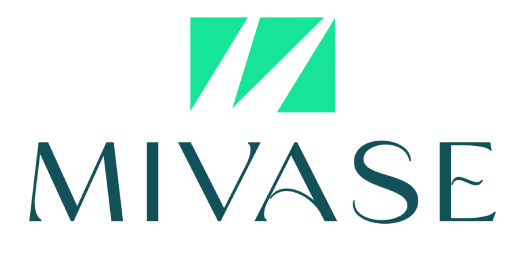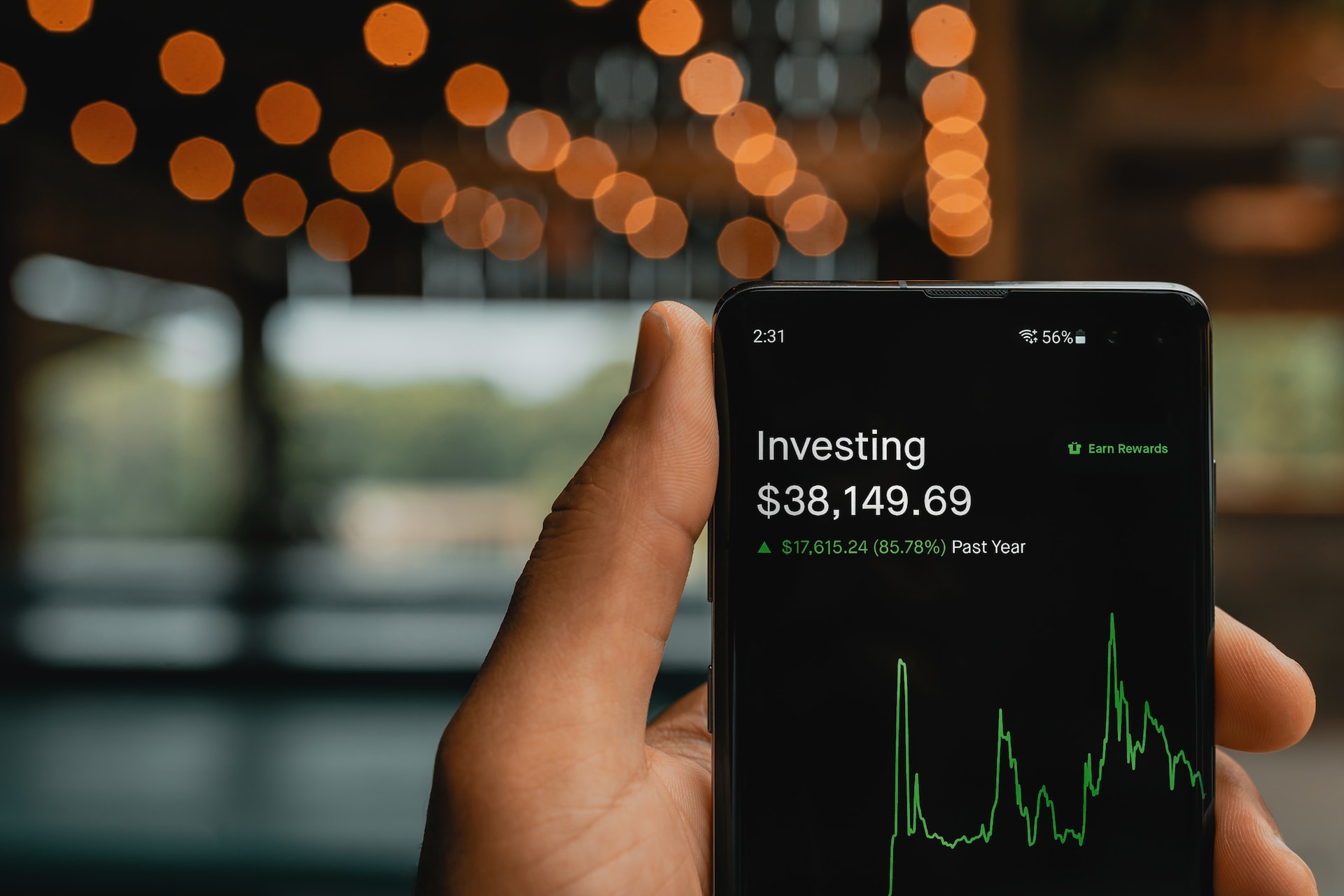One of the terms that has come to stay since COVID is DIY (Do-It-Yourself). For food, clothing, skincare, hair etc, DIY techniques have become prevalent and also a convenient option for many. But could this be same for investing?
The DIY approach for investing involves managing your own investment portfolio without the help of a financial advisor or broker. While DIY investing can be appealing to those who want more control over their investments and lower fees, it’s important to consider both the pros and cons before deciding whether to manage your own investments.
There are various advantages of a DIY Investment approach. One of the main advantages of DIY investing is lower fees. When you manage your own investments, you don’t have to pay for the services of a financial advisor or broker, which can save you a significant amount of money over time. Another benefit of DIY investing is that you have complete control over your investment portfolio. You can choose which stocks, bonds to invest in, and you can make changes to your portfolio as needed. DIY investing can also be a valuable learning experience. By managing your own investments, you can gain a better understanding of how the stock market works, which can help you make more informed investment decisions in the future.
Like every other thing, there are some limitations to using this route. One of the biggest disadvantages of DIY investing is the lack of expertise. Without the guidance of a financial advisor or broker, you may not have the knowledge or experience to make informed investment decisions. This can lead to mistakes and potentially costly losses. DIY investing can also be time-consuming. Managing your own investments requires research, analysis, and ongoing monitoring of your portfolio. This can take a significant amount of time and effort, which may not be feasible for everyone. Another potential challenge of DIY investing is the emotional aspect. Investing can be stressful, especially during times of market volatility. Without the guidance of a financial advisor or broker, it can be challenging to manage emotions and make rational investment decisions.
Before deciding whether to manage your own investments, it’s important to consider your investment goals, risk tolerance, and time commitment. If you’re comfortable taking on the responsibility of managing your own investments and have the knowledge and experience to do so, DIY investing can be a cost-effective way to build wealth over time.
Ultimately, the decision to manage your own investments is a personal one that depends on your individual circumstances and goals. By weighing the pros and cons of DIY investing and considering your own needs and preferences, you can make an informed decision about the best approach for you.


